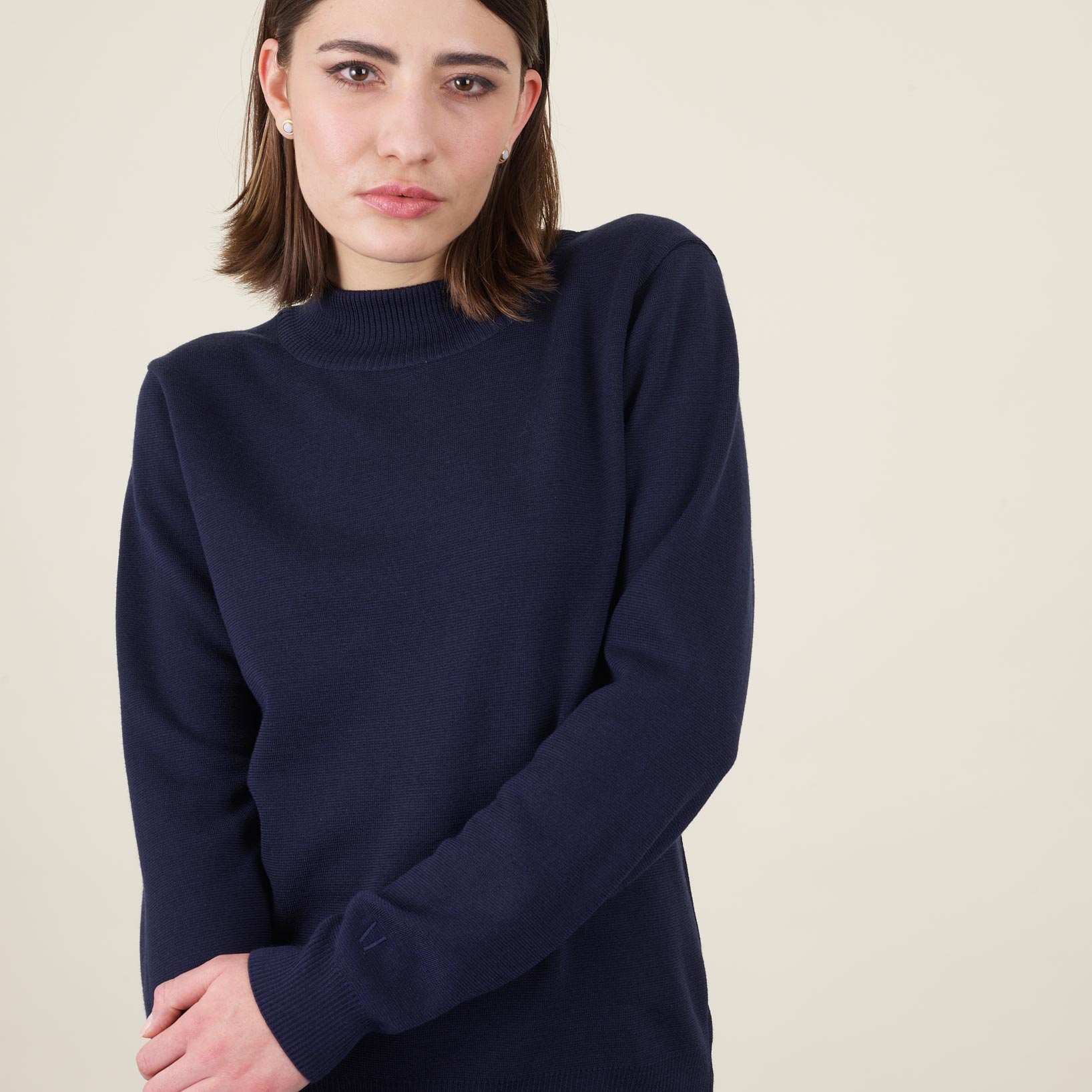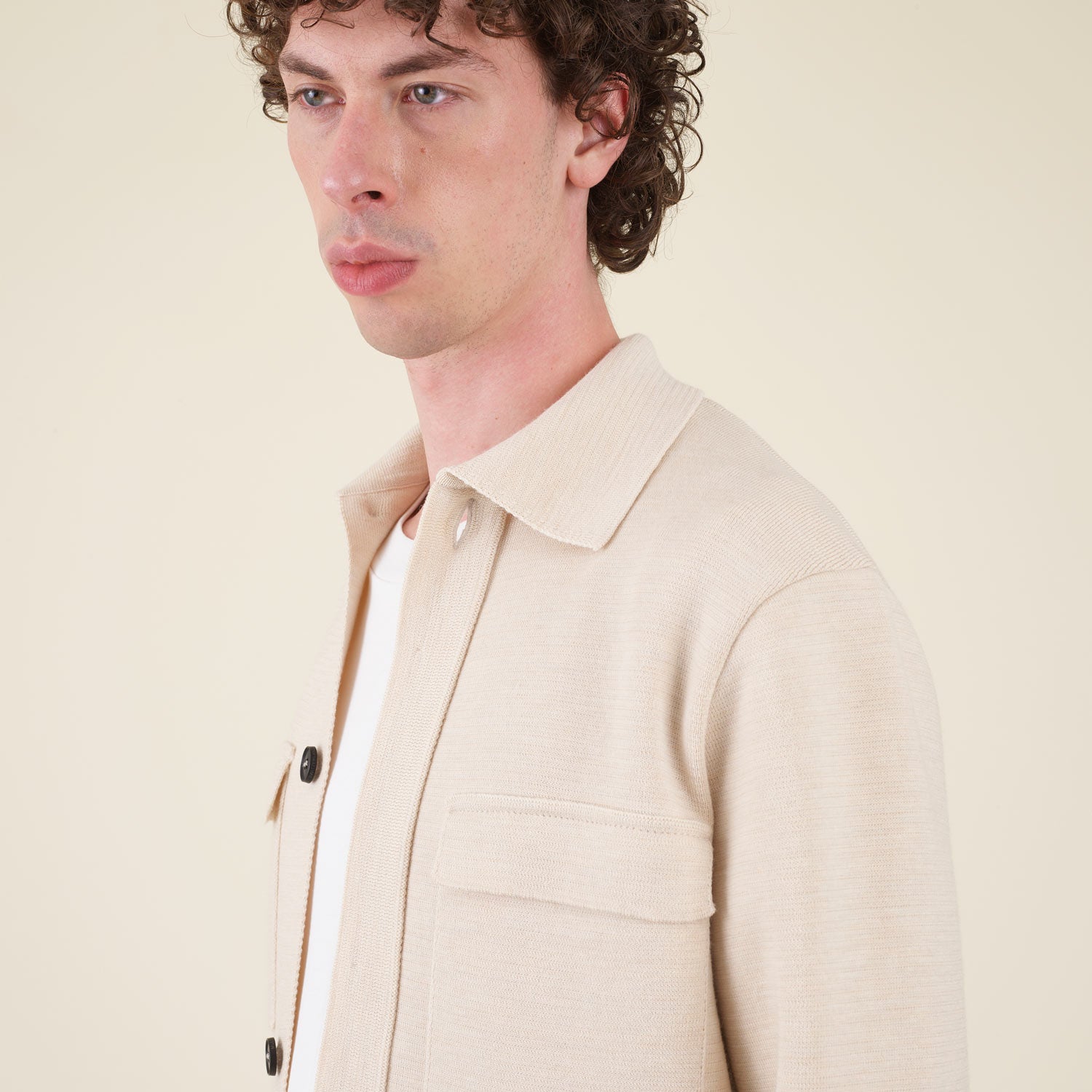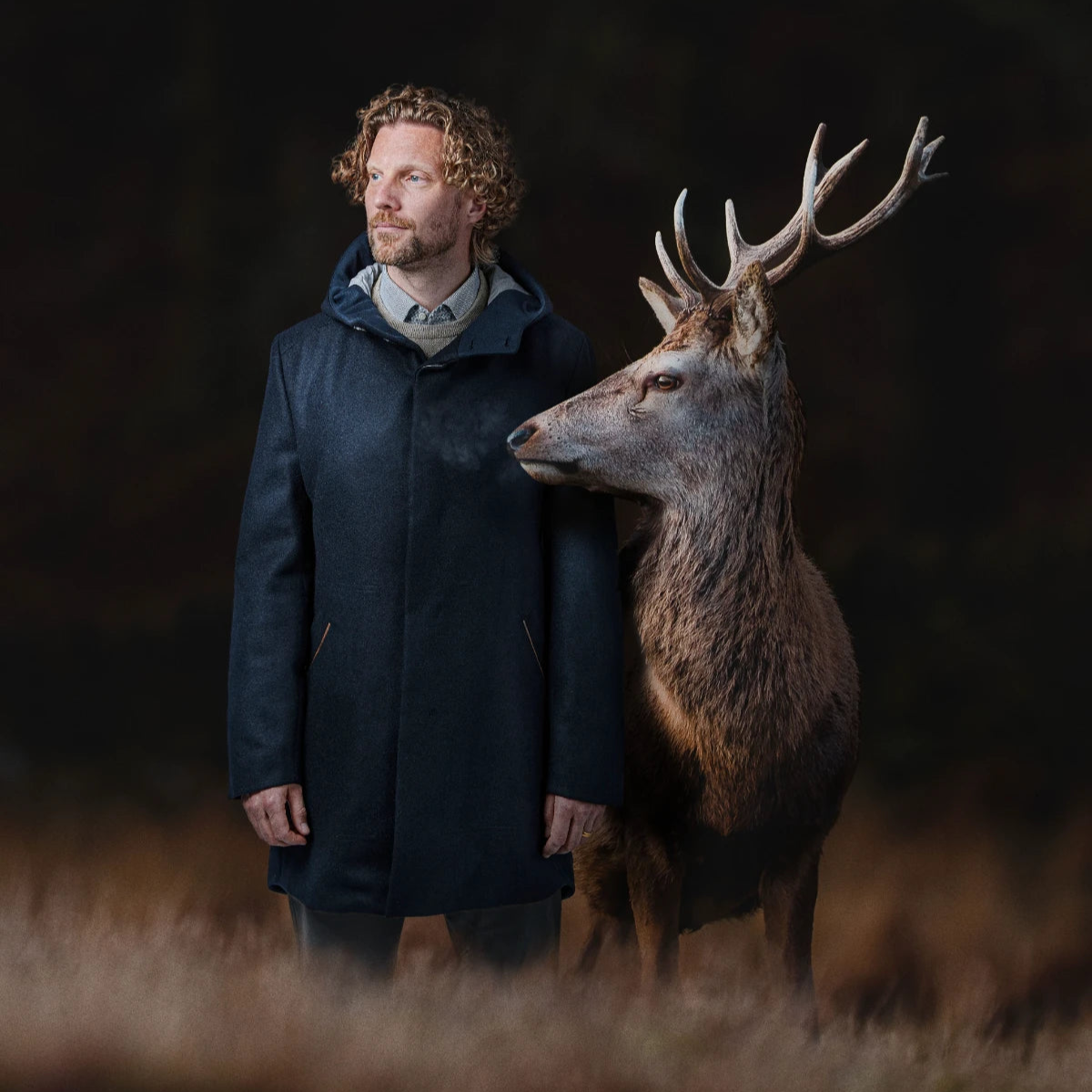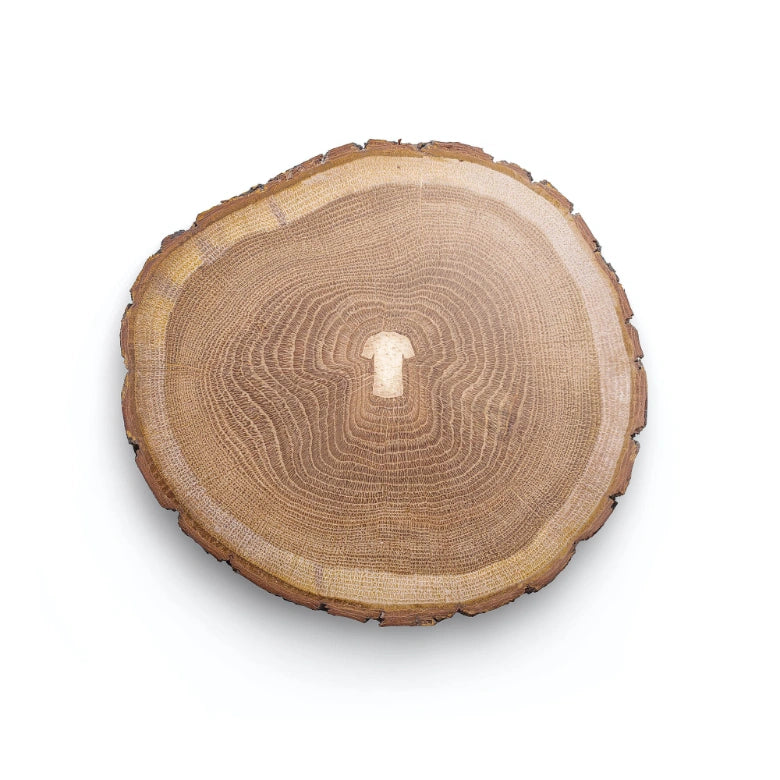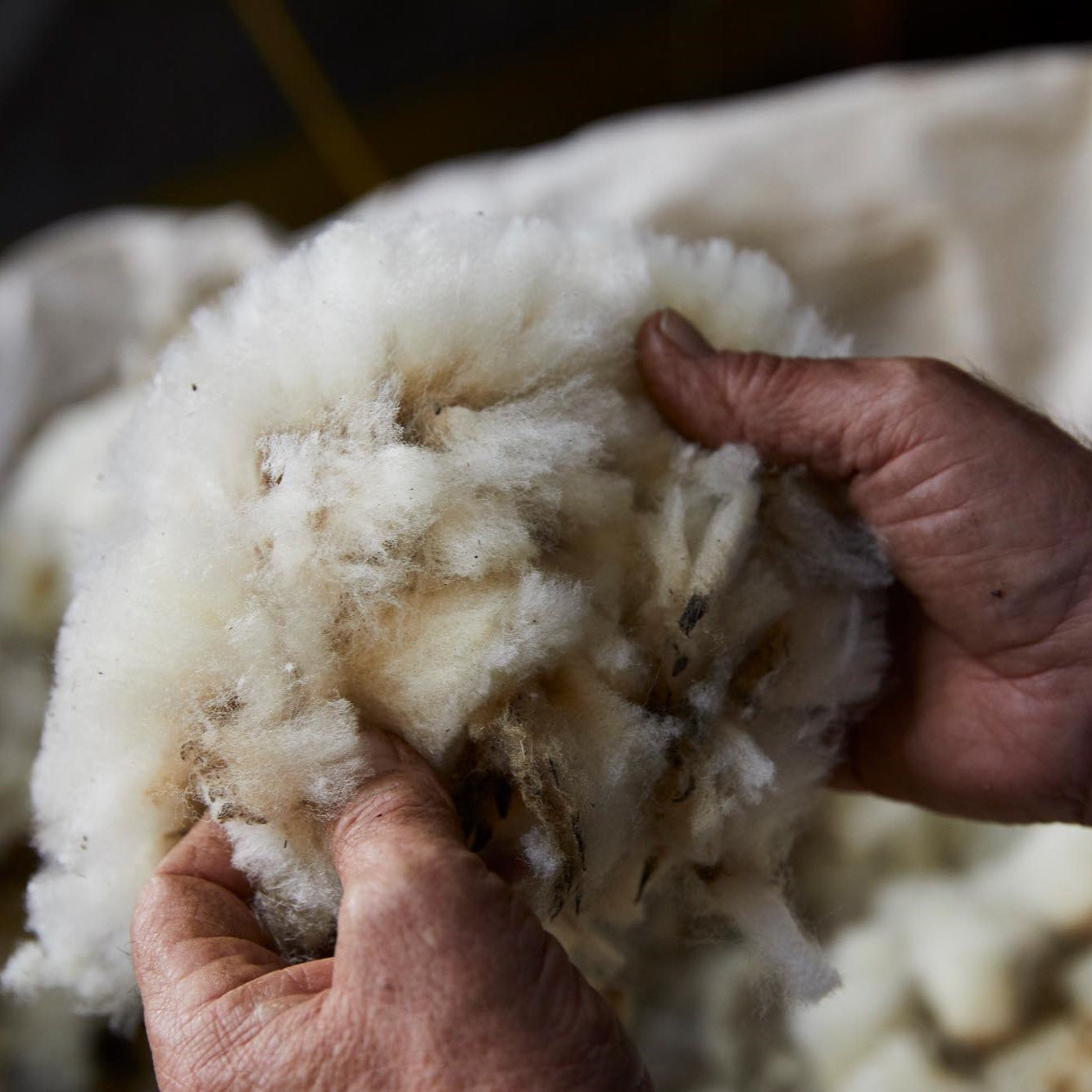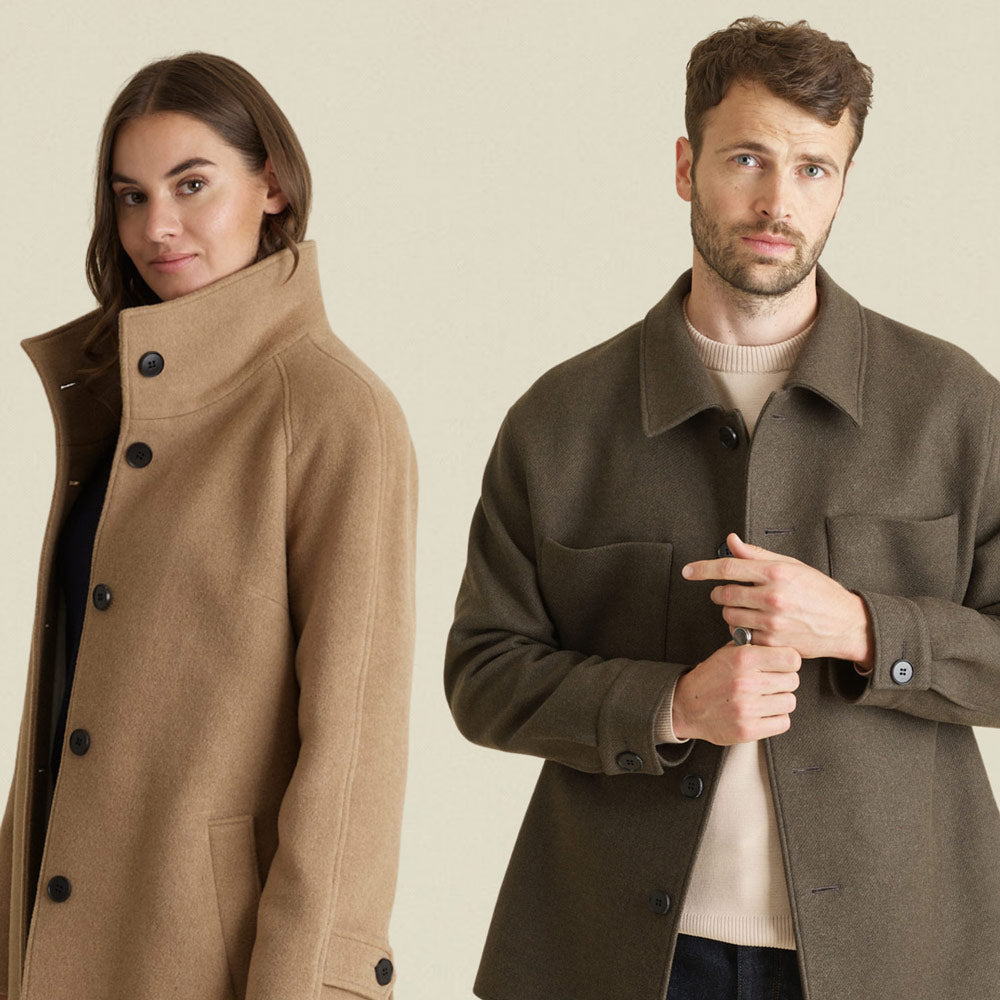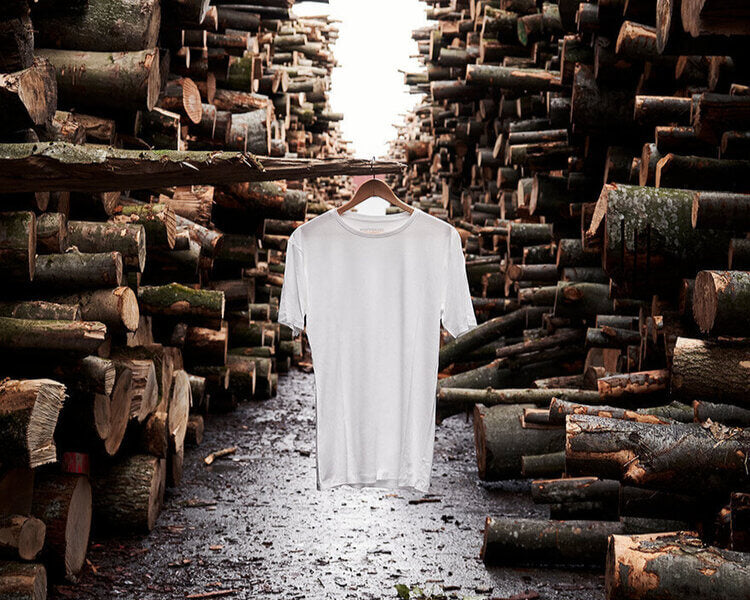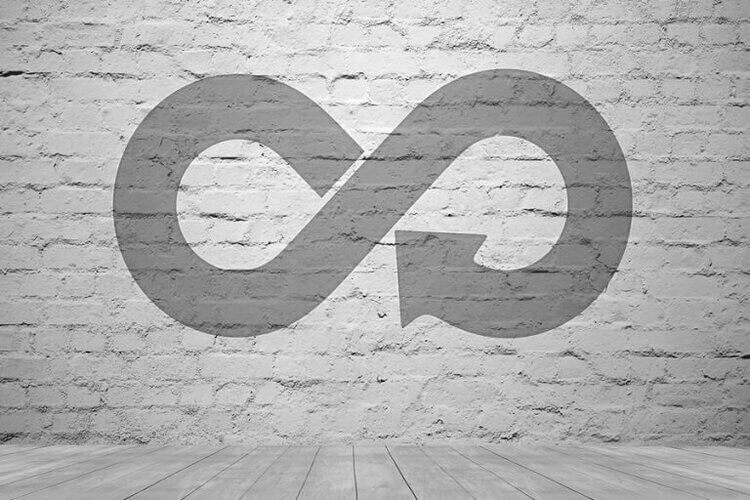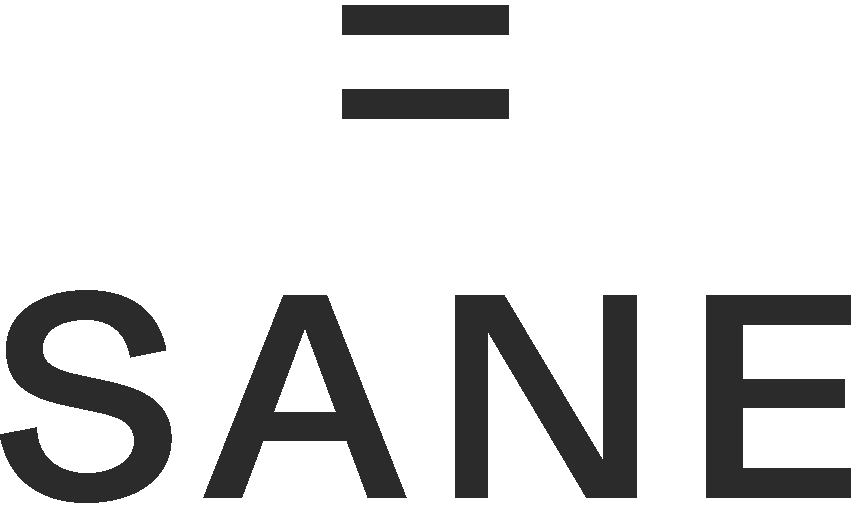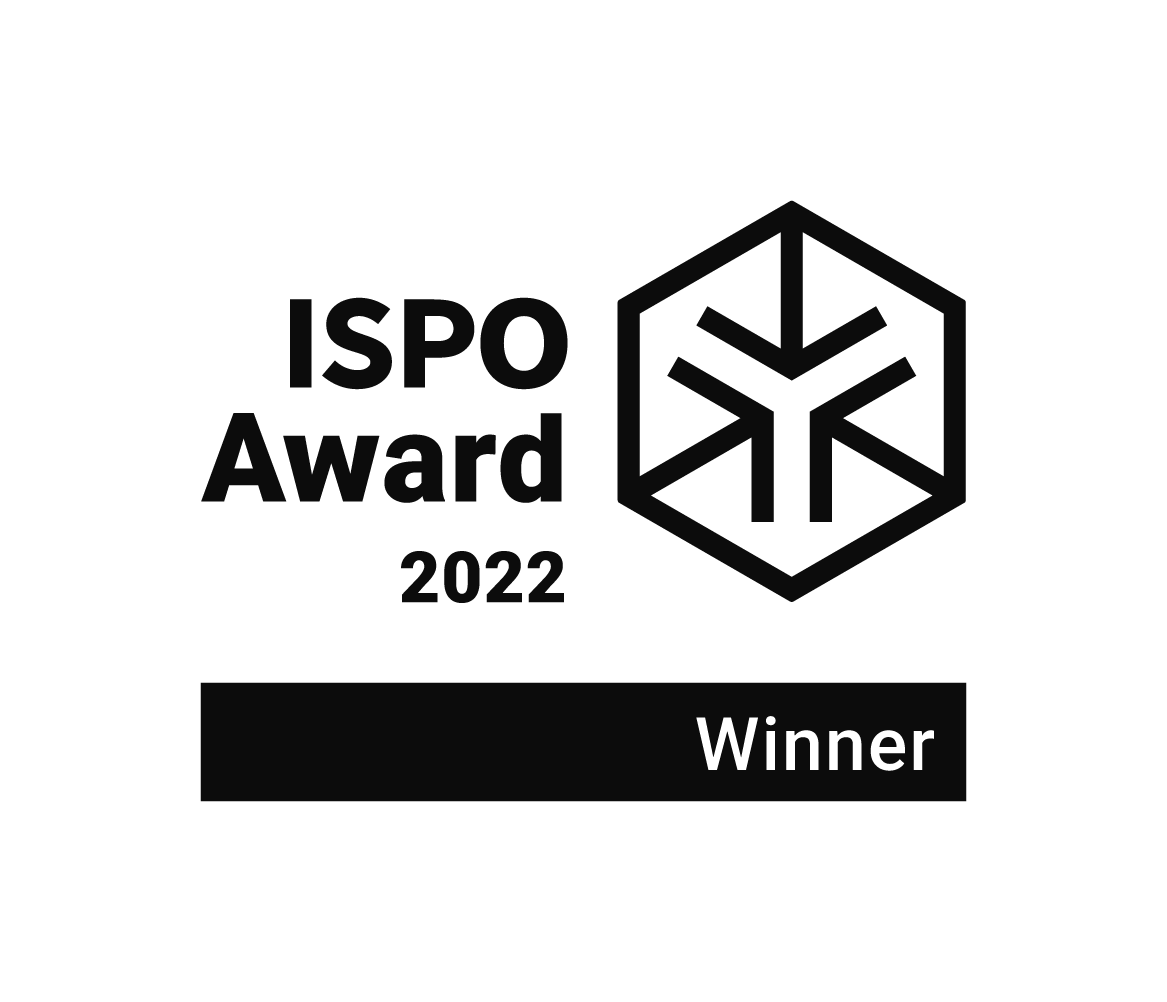
WHAT IS THE MOST SUSTAINABLE T-SHIRT? (PART 2)
In the first part to answer the question "What is the most sustainable T-shirt?" We have already found that a newly produced T-shirt cannot be completely sustainable. However, we are firmly convinced that there are important aspects that can be used to manufacture a more sustainable product: a holistic approach from the raw material to the end of the usage phase is crucial, the selection of raw materials, production processes and transparency across the entire Value chain are of central importance.
In the case of the T-shirt Legna, we have therefore paid great attention to all these aspects in order to keep our effects on the environment as low as possible, whereby we have always focused on quality and comfort.
The following explanations should therefore show how we decided from a pure sustainability perspective and what guides us.
The raw materials
We choose raw materials according to your ecological impact, which we are based on life cycle analyzes: We do not use conventional synthetic materials (new or recycled) due to microplastic pollution; Cotton is only used after a detailed examination according to our own specific criteria; Animal materials only if they are recycled and of Swiss origin (Swiss wool, Swiss deer leather).
In the case of the T-shirt Legna, we have selected our wood-based fibers not only because this has certain material has a drastically lower environmental impact than, for example, conventional cotton (see High index and below). We also opted for this great material because we want to show that there are many exciting alternatives to cotton and synthetics and that this is only the beginning of our search for alternatives, sustainable solutions.
So why do we believe that our raw material selection is a responsible, sustainable choice?
- The wood comes from sustainable forestry, is of organic origin and the resulting fibers are biodegradable
- The manufacturing process for fibers takes place in closed cycles, where over 99% of the solvents can be used again and again
- Our wood fibers compared to conventional cotton:
- Up to 70% lower area requirement in cultivation
- Up to 20 times lower water consumption
- Very high dye efficiency: half of the amount of color and energy consumption needs to achieve the same color
- Very low bleaching requirements
transparency
We look at the entire value chain, from the raw materials to the fiber production, spinning mill, weaving mill, dyeing and equipment to assembly, and we would be happy to inform our customers about every single detail if they are interested.In the case of the T-shirt Legna, we not only know and communicate where the end product has been made ("made in"), but we try to inform the consumer about the overall picture of textile production, as is explained, for example, in the next section.
Optimization of the supply chain
The optimization along the entire supply chain is very difficult and associated with great effort, but we are convinced that it is worth it. We have built up our entire supply chain in Europe, not only to optimize transport routes and logistics, but above all because it can better control and monitor every single production step. For example, when we chose a suitable T-shirt fabric, our next step was not to find the cheapest seamstress, but to work with a partner who fulfills our strict environmental criteria, produced and-what most importantly according to our high quality standards Is - in our history and the rest of the supply chain fits.That is why our fibers for the T-shirt Legna in Austria are produced with wood from Europe and South Africa. They are then shipped to Portugal, where they are spun, knitted, knitted to fabrics and then colored and refined - everything from one and the same company. From there, the finished fabric is transported to our production facility by truck, which is less than an hour away from fabric production. With the exception of the wood, fibers and the sewing yarn, all other main production steps within a radius of less than 100 km in Portugal are carried out before the finished T-shirts shipped to Switzerland and sent to our customers.
Social standards
We strive to select production partners at all levels of the supply chain that offer fair working conditions. Although one can assume that the social standards at our production sites in the EU countries are generally quite high, we try to continue researching and prioritizing those who have more detailed evidence of compliance with the standards, and we are doing everything we can to personally visit each of them.Production process
A large part of the environmental impact of a piece of clothing (about 30 % - see e.g. here) is due to wet processes, coloring and equipping. There are interesting innovations with natural dyes, water -free coloring, etc., but most of them are not yet commercially available or fully applicable, especially in natural -based fibers. We attach great importance to this topic, but we had to choose the currently most sustainable option, i.e. we rely on the highest possible environmental standards that are currently commercially available (GOTS and bluesign-certified coloring, colored and equipped according to Bluesign and Oekotex Standards) to ensure a high quality and durable product and at the same time try to avoid unnecessary environmental pollution. Nevertheless, we will not stop researching better solutions and developing prototypes and we are always open to cooperation and suggestions for improvement.Development for circularity
The catchphrase circularity is a hard nut that needs to be cracked, and we would not dare to say that we (already) are completely circular. However, what we have ensured is that our sustainable T-shirts do not leave any harmful substances in the environment if they ever reach their end of life. Our T-shirt is designed in such a way that it is completely recyclable because it consists 100% of the same material. So we have taken care of using no mixed fabrics and avoiding unnecessary chemicals, plastics, etc. so that our T-shirts are potentially biodegradable. The latter does not mean that the product should be buried in the garden or mixed with food residues, but that it is returned to us. We know how and where we can safely feed or dispose of it into a recycling cycle.Compliance with all of these criteria - especially along the entire value chain - is extremely complex and requires extensive development and research work. That may be the reason why we are much slower than other companies in developing new products, but we don't want to compromise when it comes to product performance and sustainability.
If you have suggestions, suggestions or suggestions for improvement, please do not hesitate to contact us. We always want to learn and bring our products to the next stage.


